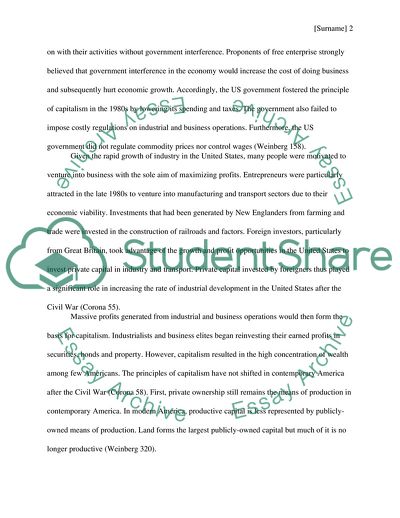Cite this document
(Historical Transformations that Marked the Birth of Modern America Literature review Example | Topics and Well Written Essays - 1750 words, n.d.)
Historical Transformations that Marked the Birth of Modern America Literature review Example | Topics and Well Written Essays - 1750 words. https://studentshare.org/history/1814546-american-history
Historical Transformations that Marked the Birth of Modern America Literature review Example | Topics and Well Written Essays - 1750 words. https://studentshare.org/history/1814546-american-history
(Historical Transformations That Marked the Birth of Modern America Literature Review Example | Topics and Well Written Essays - 1750 Words)
Historical Transformations That Marked the Birth of Modern America Literature Review Example | Topics and Well Written Essays - 1750 Words. https://studentshare.org/history/1814546-american-history.
Historical Transformations That Marked the Birth of Modern America Literature Review Example | Topics and Well Written Essays - 1750 Words. https://studentshare.org/history/1814546-american-history.
“Historical Transformations That Marked the Birth of Modern America Literature Review Example | Topics and Well Written Essays - 1750 Words”. https://studentshare.org/history/1814546-american-history.


